
Why is stainless steel coil used in the manufacturing of photovoltaic equipment
source:www.lgwo.cn | Release time:2025年07月08日
1、 The characteristics of stainless steel coils are suitable for the demanding requirements of photovoltaic equipment
1. Strong corrosion resistance and adaptability to complex environmentsPhotovoltaic equipment (such as photovoltaic modules, inverters, bracket systems, etc.) need to operate outdoors for a long time (exposed to rainwater, ultraviolet radiation, high temperature and humidity, and even coastal salt spray environments), or come into contact with acid-base cleaning solutions, cooling liquids, etc. during the manufacturing process. Stainless steel coils (such as 304 and 316 models) contain alloy elements such as chromium and nickel, forming a passive film that can resist oxidation, corrosion, and chemical corrosion, ensuring long-term stable operation of the equipment.
2. High mechanical strength and stable supporting structure
In the manufacturing of photovoltaic equipment, some components need to bear weight (such as component carriers, transmission mechanisms) or external forces (such as equipment frames). Stainless steel coils can be formed into high-strength plates through cold rolling and other processes, which have both rigidity and toughness, can meet structural support requirements, and are not easily deformed.
3. High surface smoothness, suitable for precision machining
The core processes of photovoltaic manufacturing, such as silicon wafer cutting, cell welding, and component packaging, require high levels of flatness and cleanliness for equipment components. The surface of stainless steel coil can be processed to mirror or matte state, without burrs or impurities, avoiding scratching silicon wafers and contaminating solar cells. At the same time, it is easy to clean and meets the dust-free standards of photovoltaic production.
4. Excellent processing performance, meeting diverse molding needs
Stainless steel coils can be processed into various shapes (such as frames, guide rails, cover plates, trays, etc.) through cutting, bending, stamping, welding and other processes, adapting to the design requirements of different components of photovoltaic equipment, and with high mass production efficiency, suitable for large-scale manufacturing in the photovoltaic industry.
2、 The specific application of stainless steel coils in the manufacturing of photovoltaic equipment
1. Photovoltaic module production equipment
Transmission and carrier: Silicon wafers and solar cells need to be carried by stainless steel coil processed conveyor belts, trays, or flower baskets during cleaning, coating, printing, and other processes. Its smooth surface can avoid scratching the silicon wafer, and its corrosion resistance can resist the erosion of cleaning solutions such as hydrofluoric acid and nitric acid mixtures.
Equipment frame and shell: The body frame and protective shell of core equipment such as component laminating machines and string welding machines are commonly cut and welded from stainless steel coils, which not only protect the internal precision components, but also resist the erosion of water vapor and dust in the production environment.
2. Photovoltaic bracket system
The bracket of a ground photovoltaic power station or rooftop photovoltaic system is the core structure that supports photovoltaic modules and needs to withstand long-term loads such as module weight, wind, rain, and snow. The use of stainless steel coil processed brackets (especially 316 models) has significant advantages in coastal and high humidity areas, which can avoid structural failure caused by corrosion of ordinary steel and extend the service life of power plants (the design life is usually more than 25 years).
3. Inverters and electrical equipment
The inverter is the "heart" of the photovoltaic system, responsible for converting direct current into alternating current. Its casing and heat dissipation components often use stainless steel coils. On the one hand, the corrosion resistance of stainless steel protects internal circuits from outdoor moisture and dust; On the other hand, its moderate thermal conductivity can be combined with heat dissipation design (such as heat sinks) to improve the heat dissipation efficiency of the inverter.
4. Precision components and auxiliary structures
Guide rails and positioning fixtures in silicon wafer cutting equipment require high precision and wear resistance, and stainless steel coils can meet dimensional tolerance requirements after precision machining.
Cleaning tank and waste liquid pipeline: Contact with acidic and alkaline cleaning solution or waste liquid containing silicon powder. The corrosion resistance of stainless steel can prevent leakage or contamination.
3、 The core value of stainless steel coils in the photovoltaic industry
Reduce maintenance costs: The corrosion resistance of stainless steel reduces the corrosion loss of equipment or brackets, and lowers the frequency of later maintenance for photovoltaic power plants (such as component replacement, rust removal, and painting).
Ensuring production accuracy: In the precision manufacturing of photovoltaic cells and components, the stability of stainless steel coils avoids a decrease in product yield caused by material deformation and pollution.
Suitable for large-scale production: Stainless steel coils can be supplied in bulk, and the processing technology is mature, which can quickly meet the large-scale manufacturing needs of photovoltaic equipment and match the scale expansion of the photovoltaic industry.
【Related articles】
【Related products】
+
 WeChat ID:www.lgwo.cn
WeChat ID:www.lgwo.cn

 WeChat ID:www.lgwo.cn
WeChat ID:www.lgwo.cn



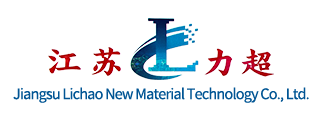
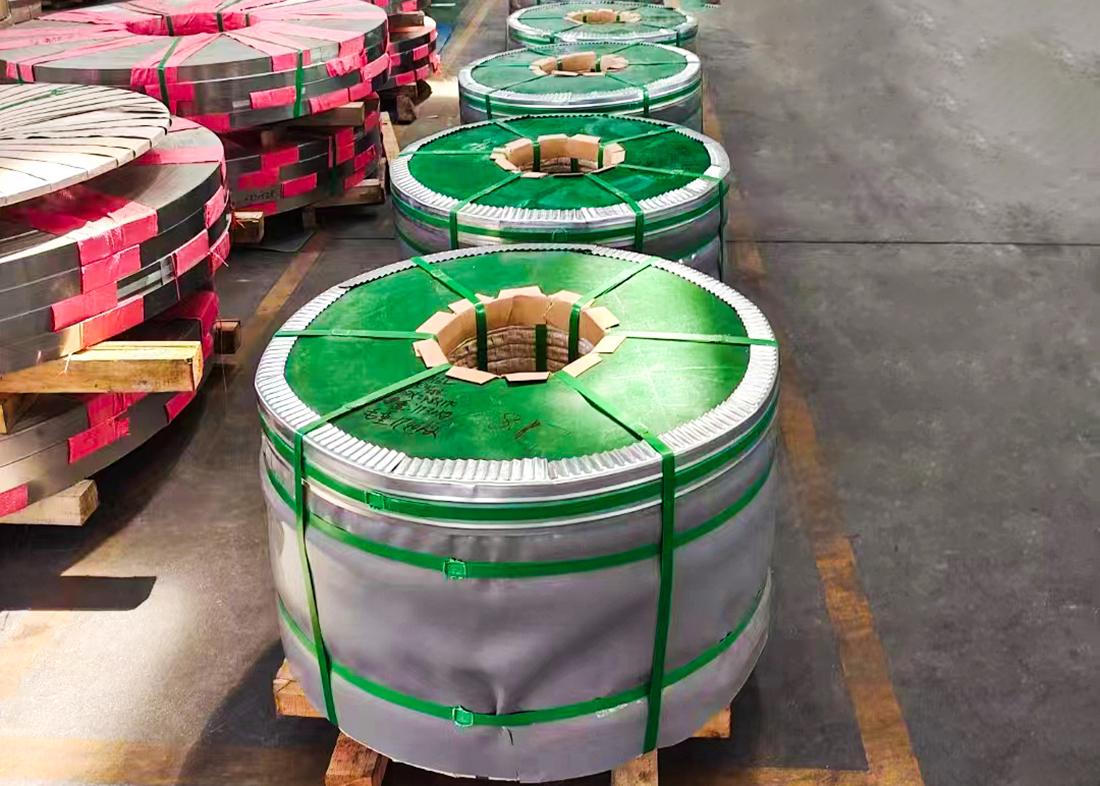
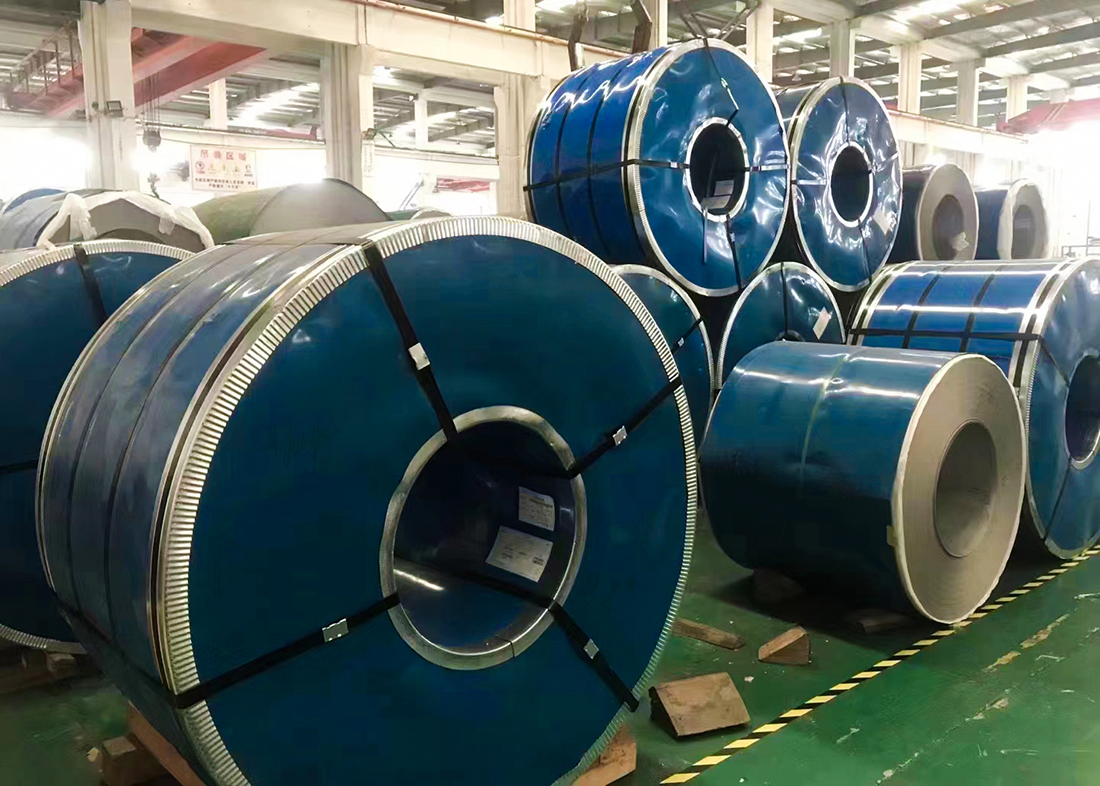
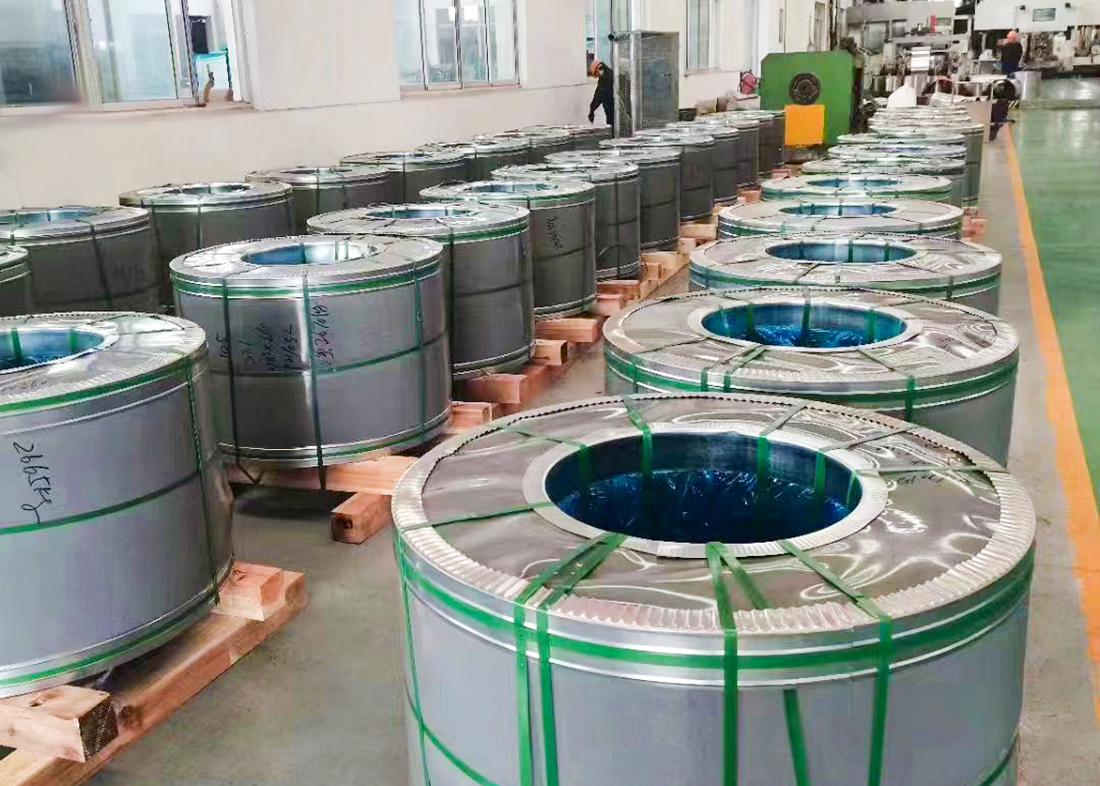
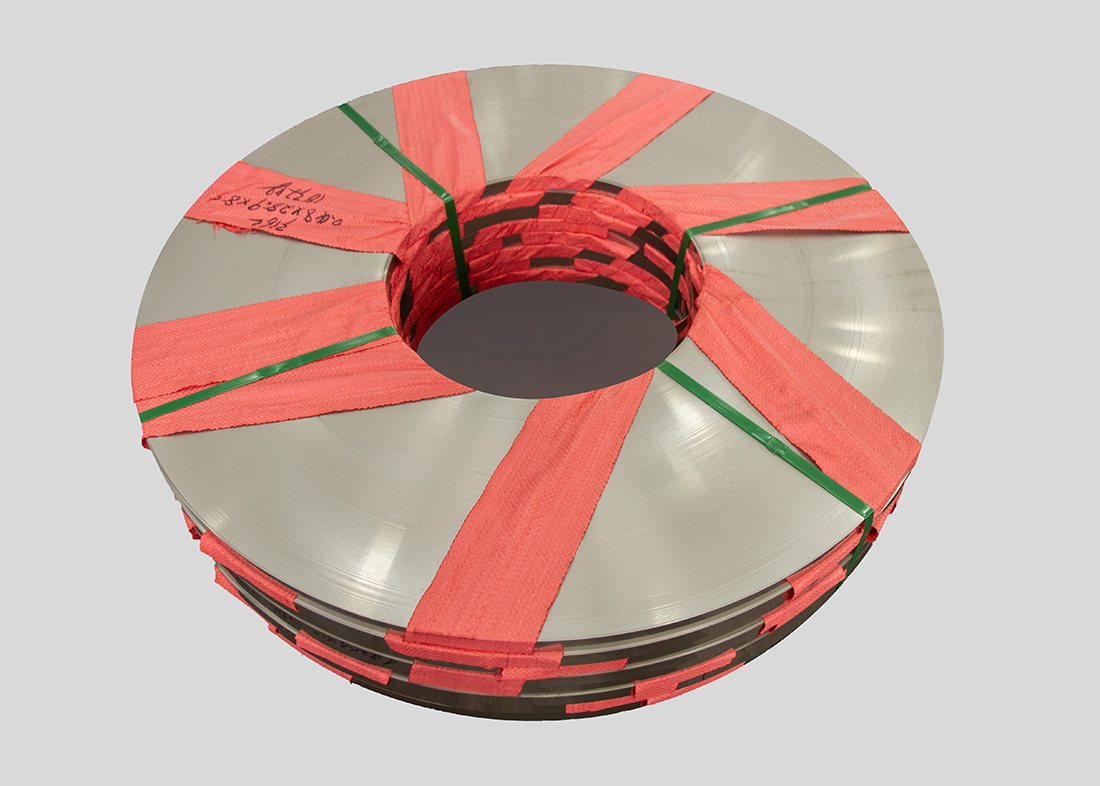
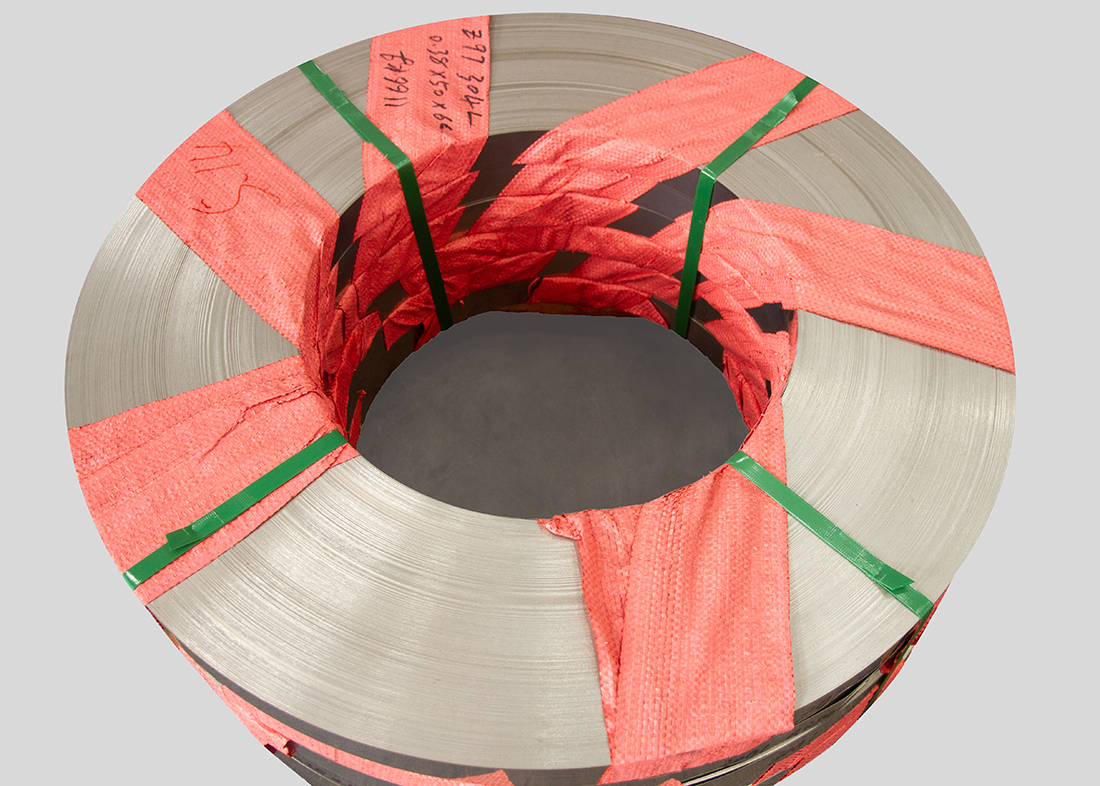


 Add WeChat
Add WeChat
 Contact us
Contact us
 The phone
The phone